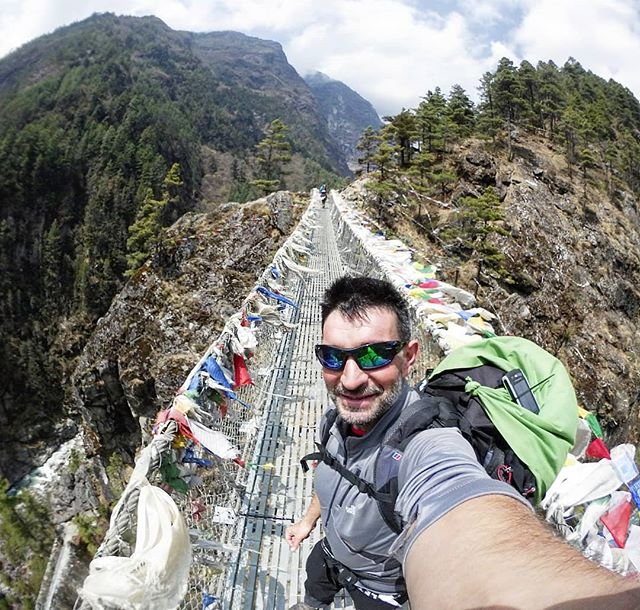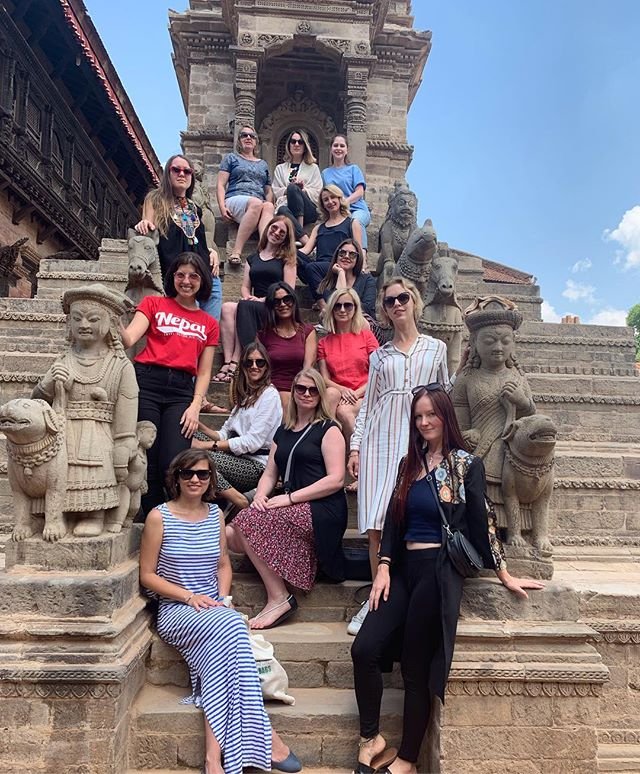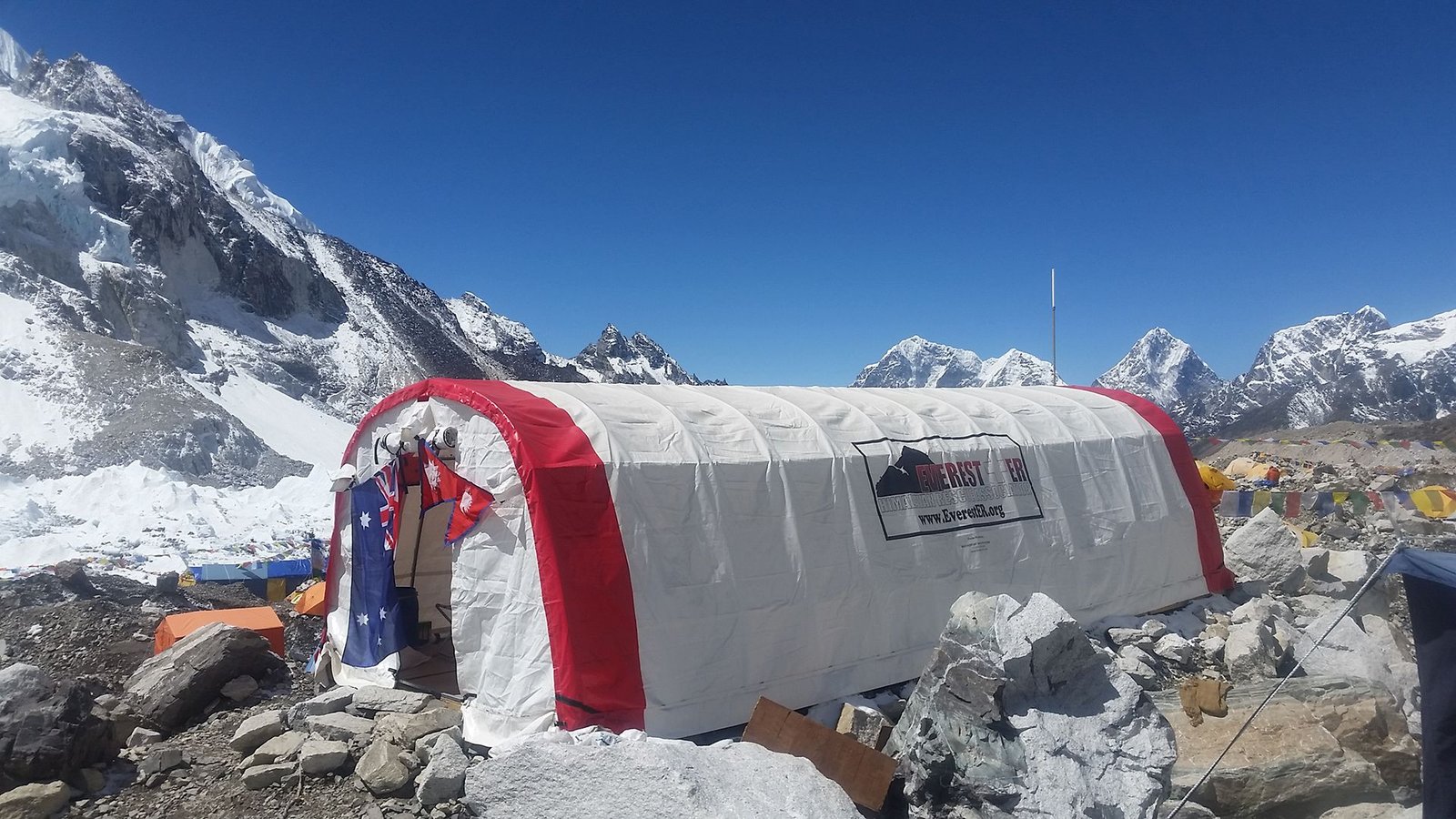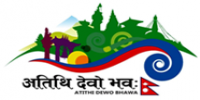Safety in the Mountains
Important Information for Trekkers and Mountaineers
Acute Mountain Sickness (AMS)
If you are not feeling well above 2,500 m, it may be AMS until proven otherwise.
Early symptoms of AMS include:
1. Headache
2. Loss of appetite
3. Nausea
4. Fatigue on minimal exertion
5. Dizziness
What to do if you have AMS?
1. Don’t go higher, rest, drink fluids (not alcohol).
2. If symptoms get worse, descend with a friend.
3. If symptoms fully go away, go up.
4. Consider taking Acetazolamide (Diamox 250 mg twice a day).
Worsening Symptoms
1. Severe headache
2. Vomiting
3. Walking like a drunk
4. Altered mental status
5. Severe fatigue
6. Shortness of breath at rest
Descend! Descend! Descend!
AMS Preventive Measures
1. Slow and gradual ascend
2. Sleeping altitude should not be more than 300 to 500 m a day above 2,500 m from the previous night altitude.
3. Rest day after every 1,000 m of altitude gain.
4. Drink plenty of clean water.
“Altitude illness can be life-threatening”
Welcome to daily talk on Altitude Sickness at 3pm at HRA aid-posts at Pheriche (4250m.), Manang (3550m.) and HRA Office in Kathmandu during spring and fall seasons.
For details, please visit https://himalayanrescue.org.np

The HRA is a voluntary non-profit organization which strives to reduce casualties in the Himalayas of Nepal. It was founded in 1973 and now operates Aid posts along the two most popular trekking routes. One is located at Pheriche (4,250m) on the way to Everest and the other is at Manang (3,550 m), just before Thorung-la pass on the Annapurna circuit. Both Aid-posts are staffed by volunteer doctors during the two main trekking seasons, spring and autumn.

HRA also runs Everest ER medical clinic at the Everest Base Camp (5,350 m) since spring season 2003. HRA-Everest ER provides medical facilities to the climbers, support staff and visitors at EBC.

Himalayan Rescue Association Nepal
Dhobichaur, Lazimpat, Kathmandu
Phone: +977 1 4440292/ 4440293
In Case of Emergency:
Mobile: +977-9851086717, Narendra Deo Bhatta, Chairman
+977-9851033046, Prakash Adhikari, Chief Executive
E-mail: hra@himalayanrescue.org.np, Website: https://himalayanrescue.org.np
#NepalNow
Nepal through the eyes of our visitors














